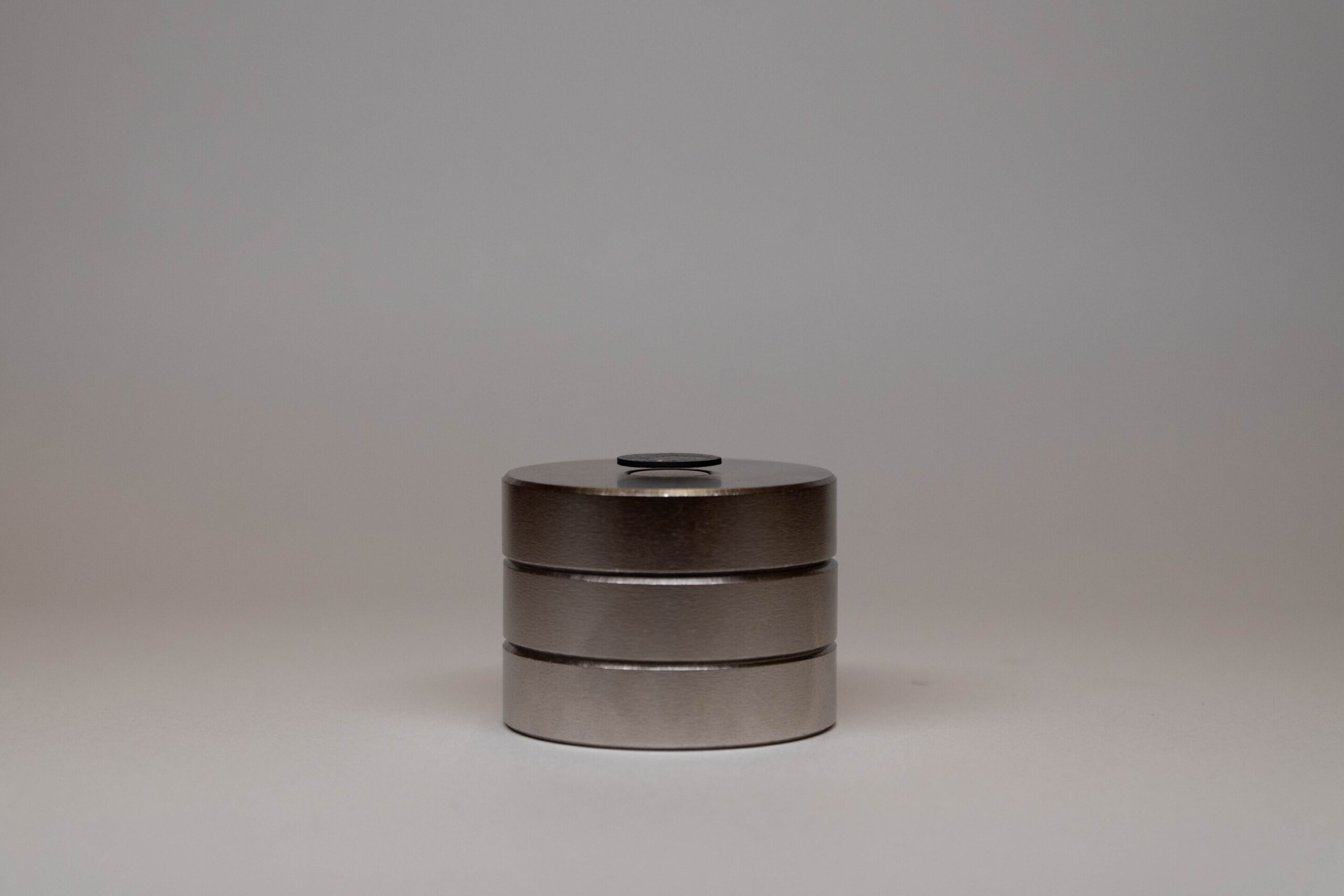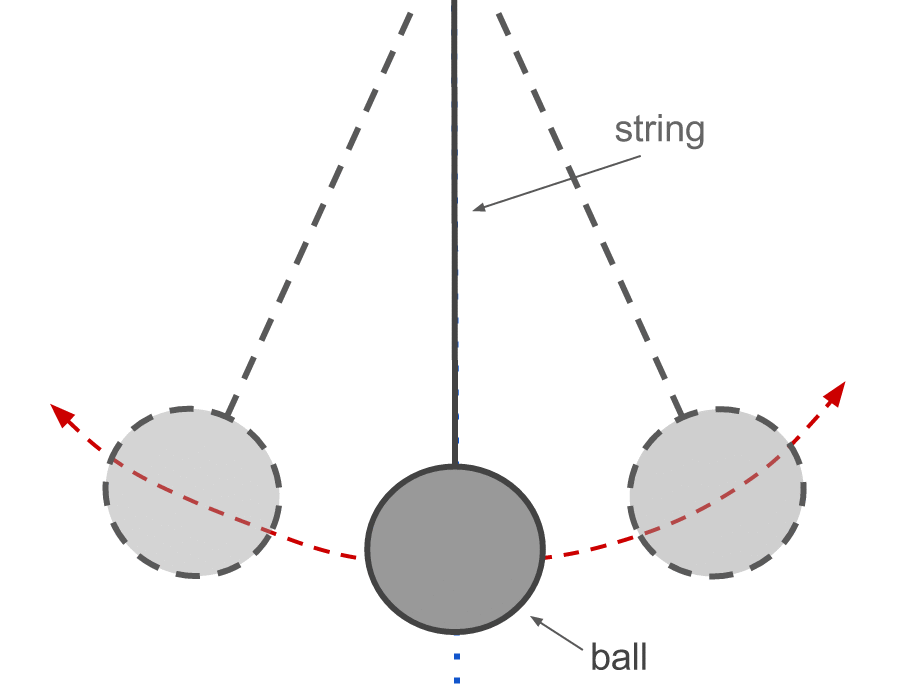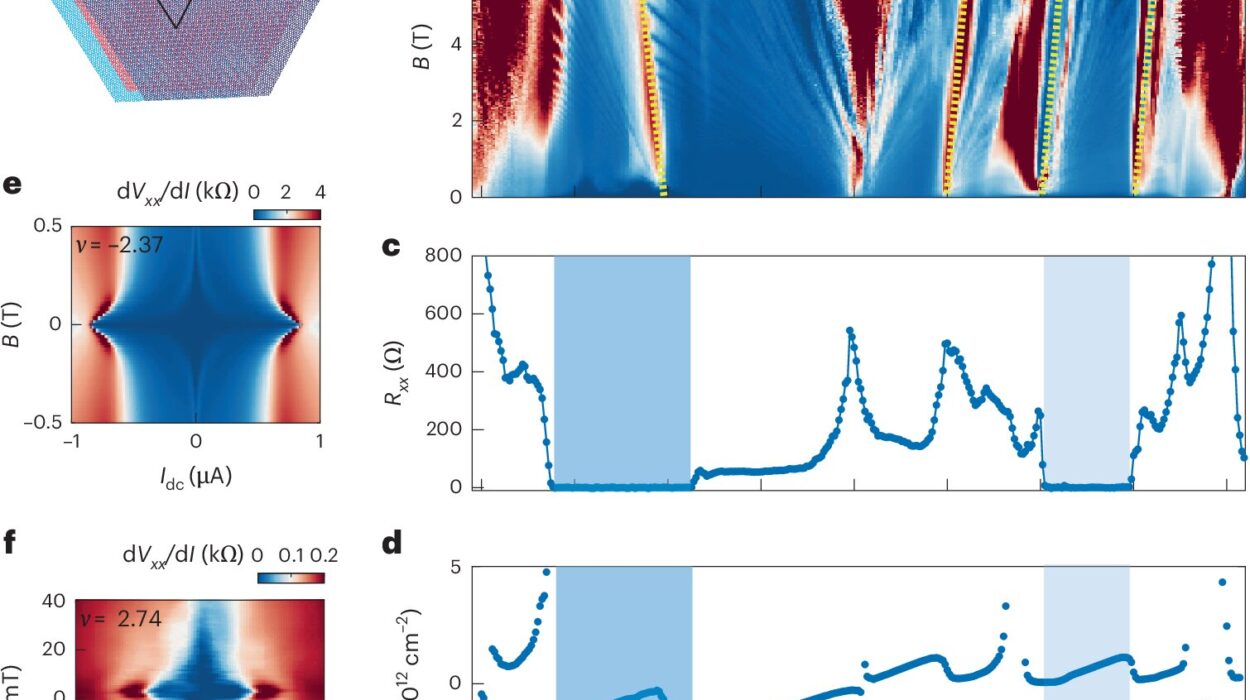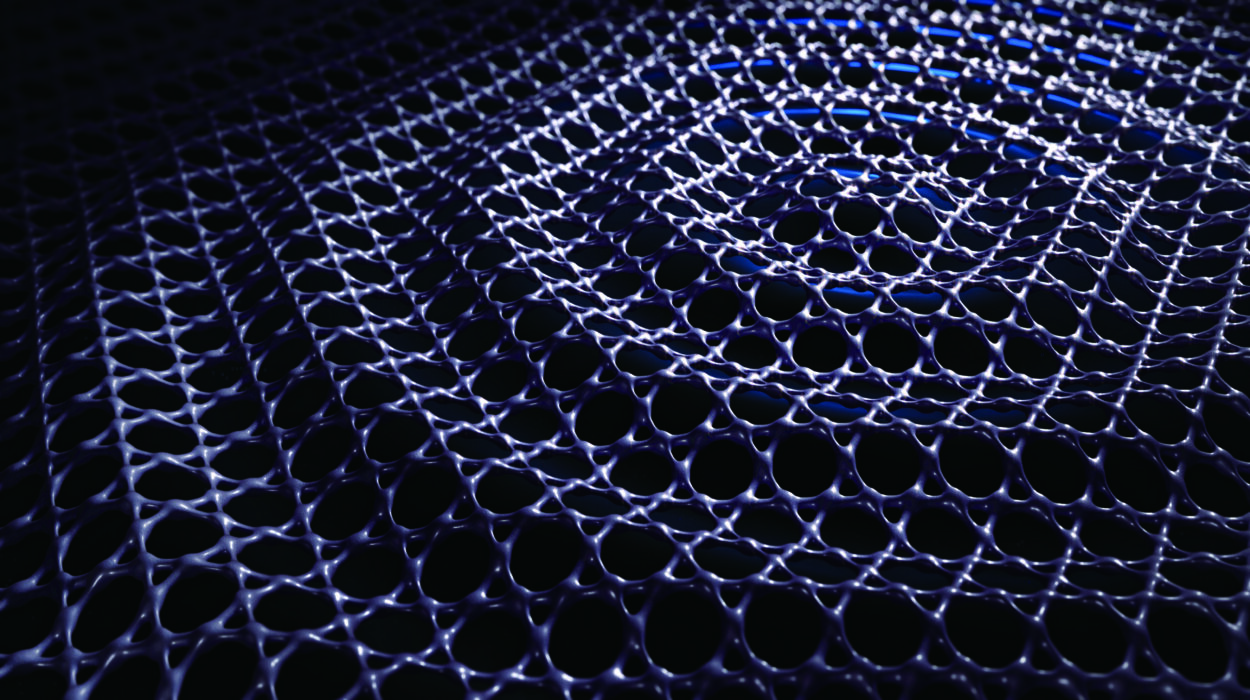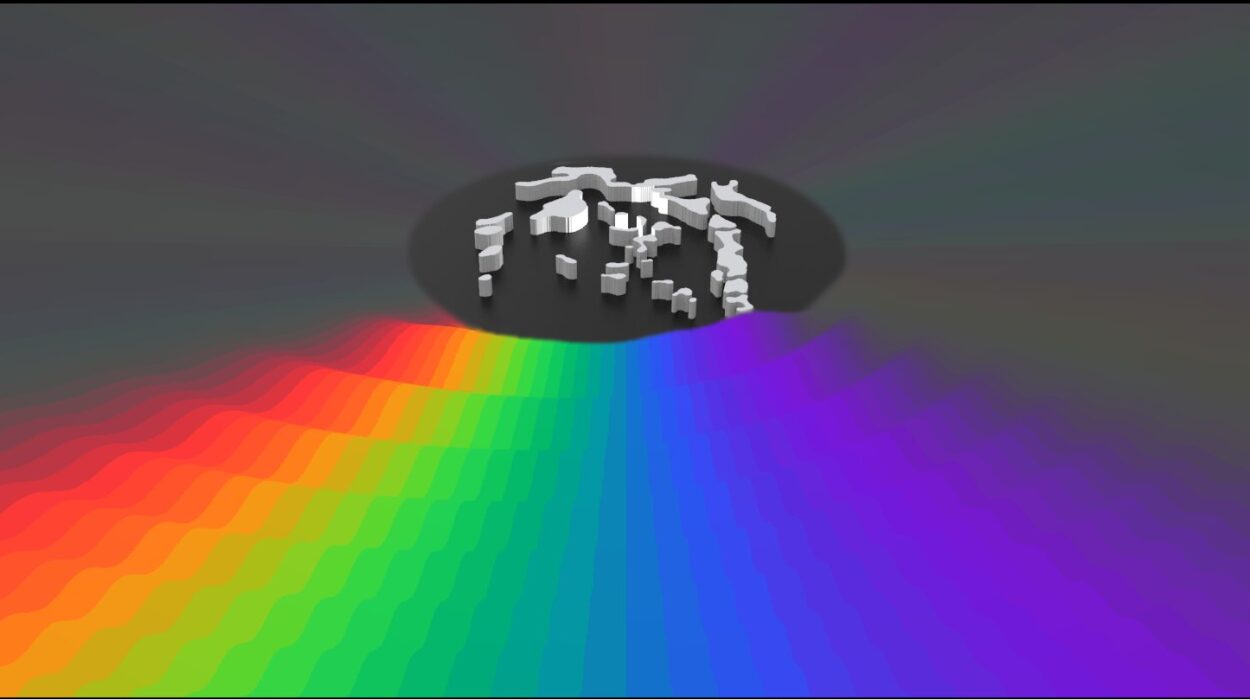To most of us, levitation feels like something out of a magician’s act — a trick of illusion, a suspension of disbelief. But for physicists and engineers, levitation is no illusion. It’s a real, measurable phenomenon where objects defy gravity through magnetic, electrical, or optical forces. The ability to make something float without contact is more than a spectacle — it’s a gateway to groundbreaking technologies, from frictionless bearings and ultra-sensitive sensors to potential quantum experiments that push the limits of our understanding of reality.
Now, a research team from the Okinawa Institute of Science and Technology (OIST) has taken a major step forward in this field. By cleverly redesigning a levitating rotor system, they’ve managed to eliminate one of the most persistent problems in magnetic levitation — eddy-current damping. Their achievement brings scientists closer to creating near-frictionless, macroscopic levitating devices that could transform the future of sensing, navigation, and even quantum physics research.
Why Levitation Matters
Levitation isn’t just about floating objects for fun. In science, it offers something far more valuable: isolation from the environment. When an object is suspended in air without touching any surface, it becomes free from the mechanical disturbances that normally interfere with measurements — friction, vibration, and heat exchange.
For physicists, this kind of freedom is golden. It allows them to study fundamental properties of motion, gravity, and even the interaction between quantum and classical worlds. One particularly useful example is the levitating rotor — a disk or wheel that spins freely in space. Such a rotor can be used to measure tiny changes in gravity, angular momentum, or air pressure with extraordinary precision. But until recently, there’s been a frustrating problem that made these devices less than perfect: eddy-current damping.
The Invisible Drag: Understanding Eddy Currents
Imagine sliding a magnet across a piece of metal. You’ll feel a strange resistance, as if an invisible hand were gently pulling back. That resistance comes from eddy currents — tiny loops of electric current induced inside the conductor when it moves through a magnetic field. These swirling electrons create their own magnetic fields that oppose the motion, producing a force that acts like friction.
In some cases, this is useful. Eddy-current damping is intentionally used in brakes for high-speed trains, amusement park rides, and power tools because it provides smooth, contactless resistance. But for scientists trying to keep a rotor floating and spinning freely in a magnetic field, these same currents are a nuisance. They sap the rotor’s energy, slow its spin, and introduce unpredictable noise into delicate measurements.
For decades, researchers have been trying to find ways to reduce or eliminate this unwanted effect — and the OIST team may have finally found a way.
A Clever Redesign from the Quantum Machines Unit
In a recent study published in Communications Physics, researchers from OIST’s Quantum Machines Unit unveiled a simple yet elegant solution. The team, led by Professor Jason Twamley, and first author Daehee Kim, designed and built a new kind of diamagnetic levitating rotor — a disk made from pure graphite that can spin freely above an array of rare-earth magnets without suffering from eddy-current damping.
Their key insight came from a fundamental understanding of symmetry. When a conducting object moves closer to or farther from a magnetic field, its position relative to the magnetic flux changes, and this change is what creates eddy currents. But if the object moves in such a way that the magnetic field around it remains constant — as in the case of a perfectly symmetric rotor spinning around its axis — then no eddy currents are generated.
In other words, by designing the magnetic field and the shape of the rotor so that its rotation doesn’t alter the magnetic flux it experiences, the researchers effectively “turned off” the very mechanism that causes damping.
Turning Theory into Reality
The team’s experimental setup was surprisingly straightforward. They used a small graphite disk, about one centimeter across, levitated above several carefully arranged rare-earth magnets. Graphite is diamagnetic, meaning it generates a weak magnetic field in opposition to an external one — a property that allows it to float stably above strong magnets without electrical input.
Through a combination of analytical modeling, computer simulations, and precision experiments, the researchers confirmed that when the rotor spins symmetrically above the magnets, the eddy-current damping disappears completely. The only remaining resistance comes from air friction, which can be minimized by placing the setup in a vacuum.
“With a one-centimeter graphite disk and a few rare-earth magnets, we’ve demonstrated how to create a diamagnetically levitating rotor that experiences no eddy-current damping at all, thanks to axial symmetry,” explains Daehee Kim. “If we can slow its rotation enough, its motion could even enter the quantum regime, opening an entirely new platform for quantum research.”
From Frictionless Spin to Quantum Dreams
This breakthrough is not just an engineering accomplishment — it opens a door to profound scientific exploration. The ability to levitate and rotate an object nearly free of friction allows researchers to probe the boundary between the quantum and classical worlds.
Quantum mechanics describes the strange behavior of atoms and subatomic particles — entities that can exist in multiple states simultaneously. But as objects get larger, classical physics takes over, and quantum effects seem to vanish. One of the biggest open questions in modern physics is where exactly that transition occurs.
If a macroscopic rotor — visible to the naked eye — could be cooled and controlled precisely enough, it might enter a quantum rotational state, effectively spinning in two directions at once. Such an experiment would not only test the limits of quantum mechanics but could also provide insights into gravity, dark matter, and the very fabric of space-time.
The Long Journey to Perfect Levitation
This isn’t the first time the OIST team has tackled the problem of eddy-current damping. In earlier work, they experimented with a composite graphite plate made of silica-coated graphite powder bound in wax. The wax structure helped limit the formation of eddy currents by confining them to microscopic grains rather than the entire plate, greatly reducing energy loss.
That design worked — and even went to space as a proof-of-concept for future experiments in microgravity environments. However, the wax component weakened the levitation force and made the plate heavier, limiting its potential for integration into larger systems.
The new graphite-only rotor solves this tradeoff. It combines strong diamagnetic levitation with complete suppression of eddy-current damping, all while maintaining the mechanical simplicity that makes macroscopic magnetic systems so appealing.
“The plate design experienced slight damping when moving up and down because of changes in magnetic flux,” explains Professor Twamley. “But the rotor, spinning symmetrically about its axis, doesn’t experience any change in flux. That’s what makes it immune to eddy-current damping.”
Precision Engineering for a Frictionless Future
The system’s performance now depends largely on the perfection of its construction. To achieve truly ideal levitation, the disk and the magnets must be machined with extreme precision, ensuring perfect axial symmetry. Small asymmetries in shape or magnet placement could reintroduce unwanted forces or distort the field.
Additionally, air resistance must be minimized, ideally by placing the device in a vacuum chamber. In such conditions, the levitating rotor could spin for hours, days, or even longer with almost no energy loss.
“With practical improvements to the manufacturing process, our levitating rotor can serve as an ultra-precise sensor at the millimeter scale,” says Twamley. “It can be spun up for stable gyroscopes or spun down into the quantum regime for studying fundamental physics.”
A New Era for Sensing and Measurement
The implications of this research stretch far beyond the laboratory. Macroscopic, near-frictionless levitating systems could revolutionize a variety of fields.
In navigation, they could enable ultra-precise gyroscopes for spacecraft or submarines. In geophysics, they could be used to detect minute variations in gravity and pressure. In materials science and quantum research, they offer a new way to study delicate effects without the interference of mechanical contact.
Because the design operates at room temperature and doesn’t require complex cryogenic or optical setups, it’s far more accessible and robust than microscale levitation systems. That means it could find applications not only in advanced research facilities but also in commercial technologies.
The Future of Levitation: From Science Fiction to Reality
Levitation has always captured the human imagination. From ancient myths of flying chariots to modern visions of hoverboards and floating cities, we’ve dreamed of defying gravity. Yet what was once pure fantasy is gradually becoming tangible through science.
The work from OIST represents a remarkable example of how deep understanding and elegant design can turn what seems magical into reality. By addressing a subtle physical problem with creativity and precision, the researchers have opened the door to a new generation of levitating technologies — ones that could reshape how we measure, move, and even think about the physical world.
As the graphite disk floats silently above its magnetic cradle, perfectly balanced and free from friction, it becomes a symbol of more than just engineering triumph. It embodies the essence of science itself — the pursuit of wonder through understanding.
The Quiet Revolution of Floating Matter
We often think of great scientific revolutions as loud — the splitting of atoms, the roaring of rockets, the crackling of new machines. But sometimes, progress comes in silence: in the whisper of a levitating disk, hovering weightlessly, its motion nearly eternal.
In that stillness lies the promise of a new era — one where the boundaries between the classical and the quantum, the real and the impossible, blur like the line between magic and science.
And perhaps that’s the greatest magic of all: to make the impossible float, not through illusion, but through understanding.
More information: A magnetically levitated conducting rotor with ultra-low rotational damping circumventing eddy loss, Communications Physics (2025). DOI: 10.1038/s42005-025-02318-4
